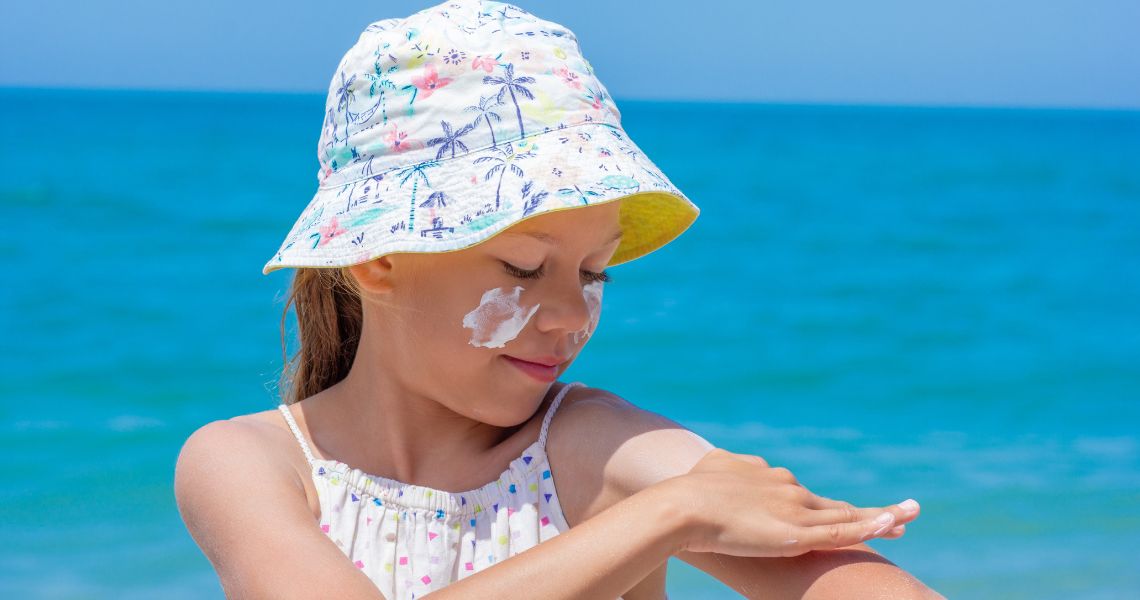Children’s skincare: a dangerous trend
Learn about the negative effects of skincare on children’s skin and what precautions to take to look after their health from a young age.

In recent years, skincare has moved away from being exclusively for adults and has become popular among children, giving rise to a growing trend of children’s skincare. Although skincare from an early age may seem beneficial, the reality is that this practice, when done without proper knowledge, can pose risks to children’s skin health.
What are the dangers of using skincare products on children?
Children have much more delicate and sensitive skin than adults. Their skin barrier isn’t fully developed, which means that products formulated for mature skin may destabilise their skin’s natural microbiota. These are the main dangers of premature skincare:
Irritation and allergies: redness, itching, inflammation or allergic reactions in children’s skin, caused by some ingredients present in this type of product.
Imbalance in the skin barrier: damage to the skin’s natural protective layer by harsh chemicals in some products, leaving children more vulnerable to dryness and infection.
Exposure to toxic ingredients: applying certain substances is not recommended for such young skin, such as parabens, alcohols or retinoids. These can have adverse effects in the short and long term and even lead to chronic dermatological problems.
Photosensitivity: increased sensitivity of the skin to the sun, which can lead to sunburn or long-term damage if not adequately protected.
Promoting early obsession for appearance: incorporation of complex routines that may cause children unnecessary concerns about their image and self-esteem from an early age.

How to know which cosmetics protect your child's skin?
In children’s skin care, less is more! So, stick to simple routines and always opt for product specifically formulated for babies or children. It’s essential to carefully check the labelling and ensure that it states ‘dermatologically tested’, ‘hypoallergenic’, or ‘suitable for sensitive skin’. Avoid formulas with harsh ingredients such as alcohol, artificial fragrances, sulphates, colourants or exfoliating acids. Instead prioritise soothing components such as aloe vera, calendula, shea butter or zinc oxide. Also, make sure the product is suitable for the child’s age, as some are aimed at children over three or six years old.
Recommendations for safe and effective infant skin care
Here’s a practical guide to caring for and maintaining your child’s skin health, with the safest and most suitable products and routines:
- Use child-specific products.
- Opt for hypoallergenic, fragrance-free and colourant-free formulas developed especially for children’s skin.
- Keep a simple routine.
- There is no need to apply multiple products. A good cleansing routine, gentle hydration to maintain the skin’s protective barrier and daily sun protection are more than enough.
- Avoid harsh ingredients and unnecessary use of cosmetics
- Don’t use products with alcohol, retinoids, exfoliating acids, parabens or artificial fragrances, recommended for adults. Also avoid using make-up.
- Educate on self-care, not appearance.
- Promote healthy habits and body care as a form of wellness, not as an aesthetic pressure.
If, despite using routines specifically designed for children, any doubts arise or they have atopic skin, eczema or another specific condition, it’s always best to consult a paediatric dermatologist.
What do you think about?
Share comments, opinions and tricks with the Community







